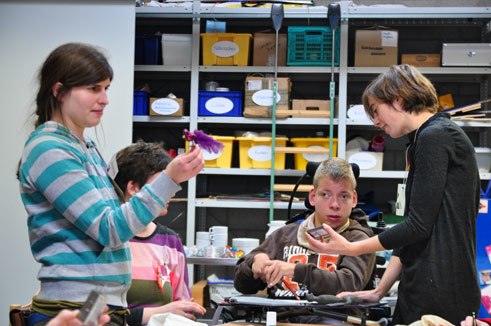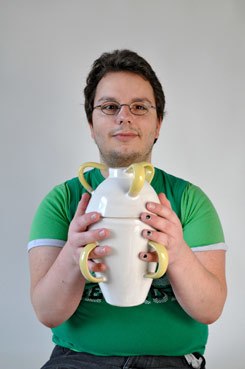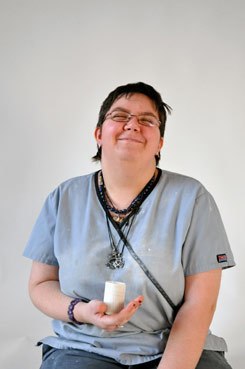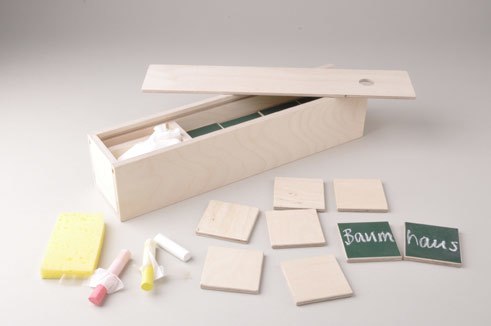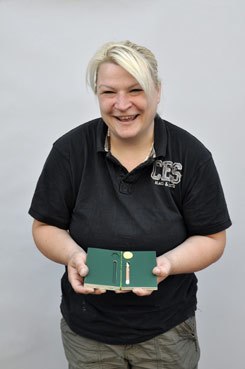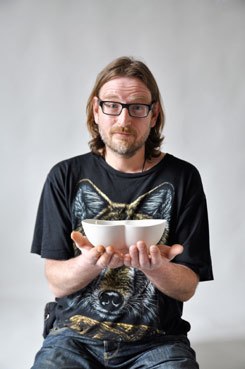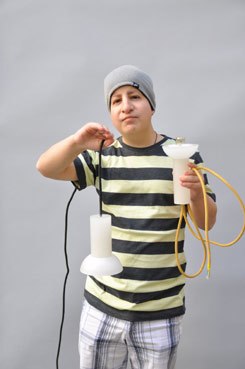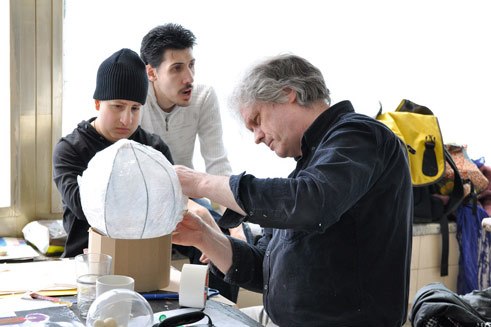Social Design
A Vase of Surprises
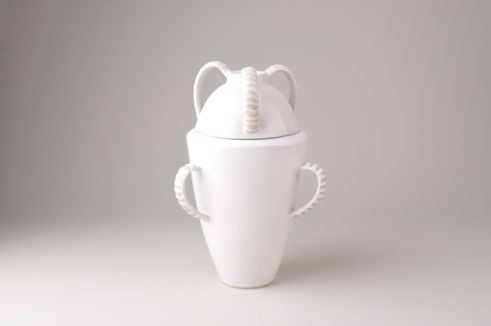
Design is often associated with beautiful things that are intended to make the world a better place. Social design goes one step further, combining responsible design with consideration for the abilities and needs of all kinds of different people – including the designers themselves.
Berlin designer Isabelle Dechamps, founder of the social design start-up Be able focuses her work on “design empowerment” in participatory projects – “A good tool to create positive change in the world,” she notes. Isabelle Dechamps and her team develop exceptional design objects in workshops with people from socially marginal groups. One piece, for example, is the imaginative “Vase of Surprises” which has a lid and several handles. Its creator Michael Poggeman from the VIA Werkstätten für Menschen mit Behinderung, an established workshop in Berlin for people with disabilities, says it is perfect for stashing the widest assortment of odds and ends: jelly babies, state secrets – or even husbands. With the support of Be able, his colleague Katja Renner created small spice jars made of white bone china and decorated with different motifs. The jars are now produced for sale and, according to Isabelle Dechamps, Ms Renner, a very withdrawn person when the project began, grew into a more flexible, open, and self-confident individual in the course of the workshop.
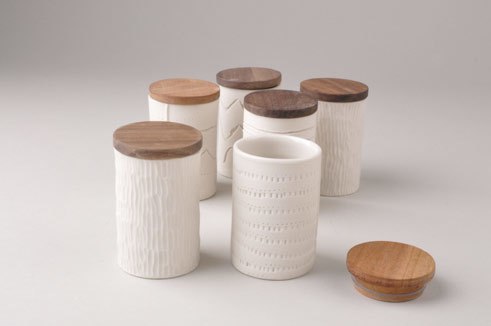 Spice jars
| © be able
In a prison workshop where female inmates dismantle computers donated to the institution and collect recyclable material, Be able worked with these women to develop new ideas for scrapped computer cables. They transformed the latter into fabric, crafting it creatively to make products such as a rug, a bowl or a shower curtain.
Spice jars
| © be able
In a prison workshop where female inmates dismantle computers donated to the institution and collect recyclable material, Be able worked with these women to develop new ideas for scrapped computer cables. They transformed the latter into fabric, crafting it creatively to make products such as a rug, a bowl or a shower curtain.
Empowerment through spice jars
Isabelle Dechamps states: “The actual product isn’t the vase, the spice jar or the bowl. Rather, it is the experience of being creative, of designing and producing something based on your own ideas. This enriches the lives of our participants.” The story of how each individual product came to be also plays a role in the marketing process. “With every spice jar I buy, I am also acquiring the process of empowering Ms Renner,” the 30-year-old designer points out.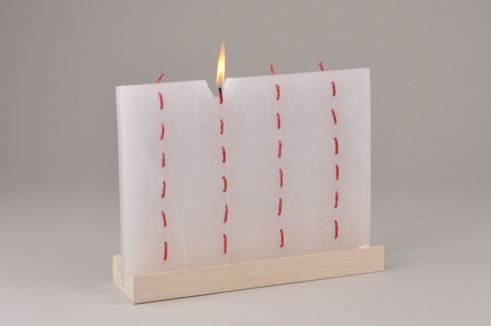 Flatscreen candle
| © be able
Dechamps developed the project Be able in 2010 while she was studying at the Berlin Weissensee School of Art. “Social issues were always important to me. As a guest student at a workshop for people with disabilities, I realized that the products made there either weren’t tailored to the people’s skills or had nothing to do with design.” In order to change that, Isabelle Dechamps created an innovative workshop strategy for design education, implemented the program with participants from the VIA Werkstätten as her graduating thesis and received the Mart Stam Sponsorship Award in 2011 for her work.
Flatscreen candle
| © be able
Dechamps developed the project Be able in 2010 while she was studying at the Berlin Weissensee School of Art. “Social issues were always important to me. As a guest student at a workshop for people with disabilities, I realized that the products made there either weren’t tailored to the people’s skills or had nothing to do with design.” In order to change that, Isabelle Dechamps created an innovative workshop strategy for design education, implemented the program with participants from the VIA Werkstätten as her graduating thesis and received the Mart Stam Sponsorship Award in 2011 for her work.
Creative educational concepts, new target groups
Co-design has always been the centerpiece of the workshops that Be able offers to social workshops and institutions. The workshops are developed individually according to the materials used in every facility – mostly wood, ceramics or wax. Be able designers work hand in hand with the participants, helping them develop their own product ideas and put them into practice. “How much support does a person need, how much freedom? What matters is striking the right chord, being open to all venues, identifying the design potential of an idea and teasing it out,” the designer explains as she describes the creative process. For the people taking part in the project, this means developing their creative potential as well as experiencing autonomy and self-esteem. At the same time, the program gives rise to objects with a unique charm, such as a lamp made of wax, for example, or a memory game where players can create their own picture cards painting them with chalk.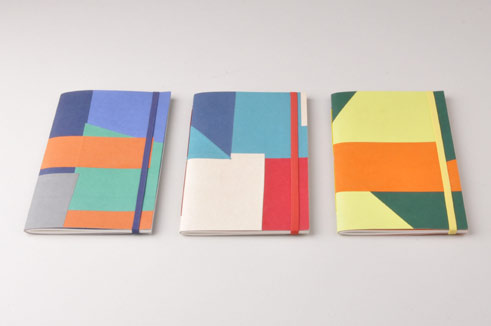 Maxheft
Maxheft
Be able is financed through workshop fees and project funds provided by cooperation partners. The startup not only pursues social and artistic goals but also the aim of operating as a business: it thus designs and develops new original formats of continuing education for a wider range of target groups. Within this context, Be able looks to organize encounters for people from marginalized groups and corporations to come together. The first assignment is a project where company apprentices work with employees of a social workshop to create a Christmas present for their company.
Isabelle Dechamps and her team are achieving in this way what social design theorists have been urging for years: namely, that design – including social design – should be less concerned with the actual shaping of objects but rather, focus more on creating venues for human interaction, everyday operations and work processes. Good design, after all, makes life fuller and more rewarding and gives the daily routine more freedom and independence – this is true for managers as well as for workshop employees.
